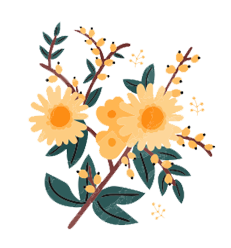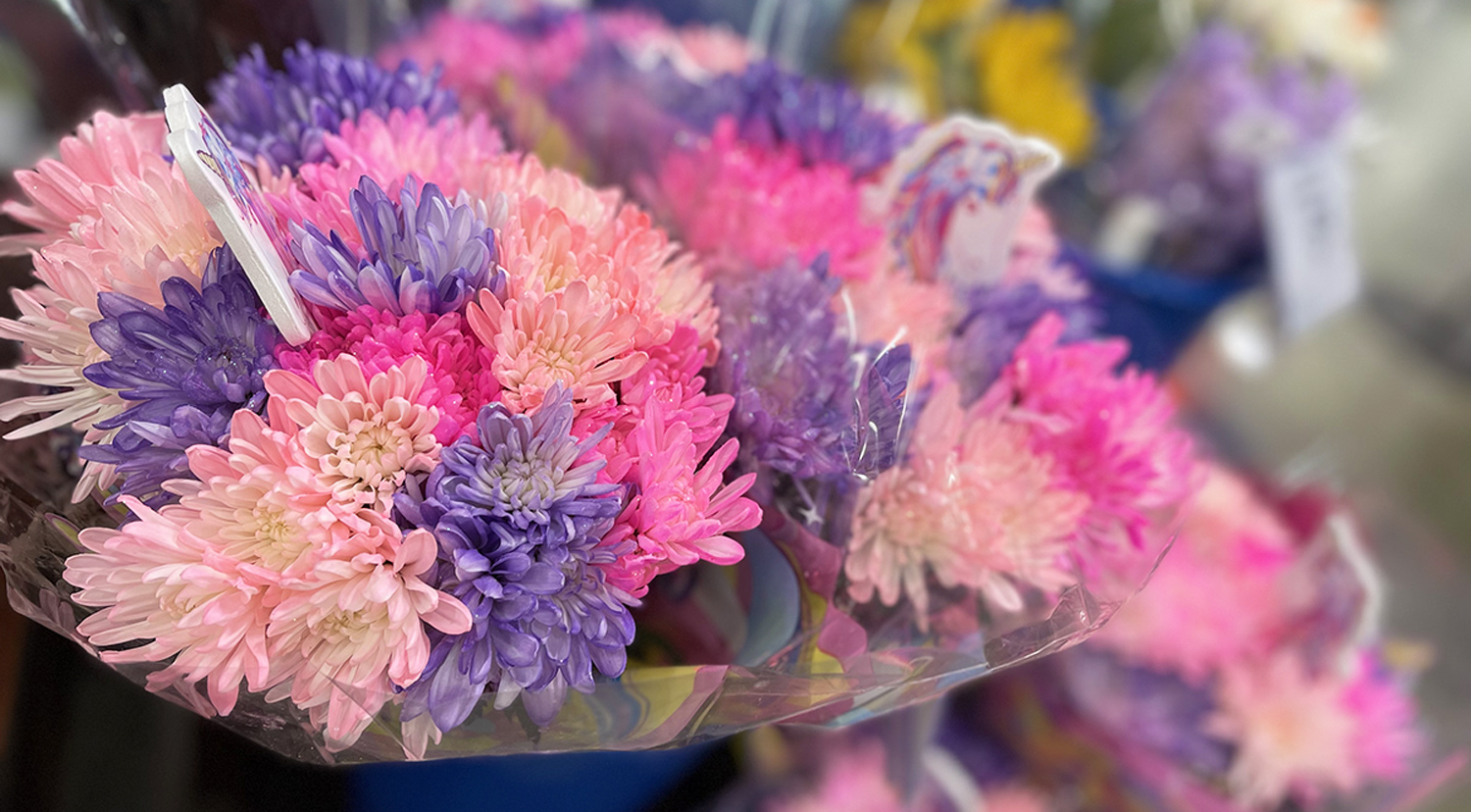Wedding Floral Design: The Newest Arrangements In Trend
Like any other creative profession, floral design is ever-evolving. New designs, arrangements, and techniques come in every other day. Keeping up with the pace of the industry is what makes experienced floral designers stand out in the market.
When you offer the latest trends, your business is able to command higher prices. It also helps you navigate the competitive market more easily by offering the things others don’t.
However, all these benefits aren’t easy to reach. Not only do you need to stay updated, but you also be able to recreate them with high accuracy. This requires both skills and patience.
Keep reading to learn about the latest wedding décor trends and how to recreate them with easy-to-follow tutorials.
Bright and Bold Colors
Shifting from neutral and pastel color palettes, more and more couples are now using popping colors in their weddings. There is a lot of hype surrounding more vibrant and bright color palettes for bouquets, garlands, and backdrops. A particularly prominent trend is the color purple.
The color has continually gathered attention throughout the year- for both winter and summer weddings. It also compliments a lot of popular floral design styles, such as whimsical, vintage, rustic, and farmhouse styles.
Give it a try: You can create a farmhouse-style bouquet with Delphinium, Pasque, Clematis, or Wallflower. A contrast can be created with smaller white flowers or organic styling of leaves.
Try to use purple flowers with a colder hue rather than light pastel hues. The darker tones are in more trend. Besides purple colors, a stark contrast of red and peach flowers is also high in demand.
Try to use these combinations in a garland and background décor to stun your next wedding client.
Organic White Arrangements
There is no doubt that minimalism is on the rise. This has also reached wedding decoration and influenced many’s color preferences.
More couples are now going for a simplified look that still looks luxurious and elegant. Plain white flowers, including the Iceberg Rose and Buttercup flowers, have become a popular choice.
The trend doesn’t come with any contrasting colors either, but a more organic look with green leaves and vessels. Garlands, bouquets, and centerpieces are usually designed with organic greenery fillers such as Ivy, Tree fern, Eucalyptus, and Honey bracelets.
Overall, anything that gives a more natural and flowing look is the main preference for green fillers with this aesthetic.
Give it a try: Use any existing bouquet design technique but use full-size buttercup or white roses. Try to minimize the use of flowers and rely more on natural greenery to fill the piece.
Take special care of spacing and alignment; set the flowers generously distant from each other and surround them with as many fillers as possible.
Some common styles that go well with this trend are farmhouse, rustic barn, and cottage core. Try to incorporate the white and green color palette in any bouquets, garlands, and welcome wreaths you can create for these aesthetics.
Fairy Garden Installations
Memorable yet trendy pictures have become the new standard for wedding decoration. With the rising Instagram influence, a growing number of couples want more grand details in their wedding entrance and backdrop.
A fuller floral installation on the staircases, garlands, and roofs has become a hot trend for weddings of all seasons. The prominent part is the fairy garden and the scattered draping look of flowers and vessels.
There is no specific color palette preference for this aesthetic, but red, peach, all-white, or a whimsical assortment are common choices.
Give it a try: This one requires a larger budget as it’s all about maximizing the space with as much greenery and flowers as possible. Firstly, focus on creating a base with any draping greenery fillers you can find. Some common choices include Myrtle, Tree Fern, and Lily Grass. Bells of Ireland are longer than most green fillers and can help with creating a dreamier landscape for the entrance.
If you want a fuller look, sword fern and Italian Rucus may be more appropriate. Try to create a spikey texture by using inconsistent lengths of greenery.
Once you create the foundation, use white filler flowers such as baby’s breath and lilies of the valley. If you don’t want to work too hard to create clusters, you can also use Caspia and Statice for an instantly fuller look.
Burgundy and Pastels
This is another stark contrast on the rise. With more brides picking bold colors for their wedding dresses— black, red, and purple, it’s no wonder that their floral décor preferences are also extra bold. Burgundy Dahlia, Orchids, and Petunias are popular choices that match the lighter hues of Terracotta Carnation, Tiffany Rose, and Gerbera Flowers.
White flowers against maroon ones are also common and often accompany the peach/burgundy contrasts. Another prominent feature is the differentiated green fillers used.
Most arrangements come with fillers like Aroca palms and forest ferns rather than leafy fillers such as Eucalyptus or boxwood.
Give it a try: Focus on combining large-size flowers such as Dahlia and Terracotta Carnation. Along with color contrast, you can introduce a shape and form contrast by using fully bloomed gerbera flowers.
This can give your arrangements a wilder and more natural look, which is what makes the aesthetic so preferred in the first place. Try to plan out the color scheme beforehand; using the bigger flowers in a burgundy color and smaller pastel flowers can make your arrangement pop more.
Conclusion
To wrap it up, everything bold and natural is highly in demand. Stark contrast, dark color palettes, and organic, flowy looks are all the hype. You don’t necessarily need to recreate the exact looks described here.
Try to use this guide to come up with your own designs, color palettes, and unique contrasts. Ultimately, it’s all about your unique skills and creativity that set you apart from the competition.




